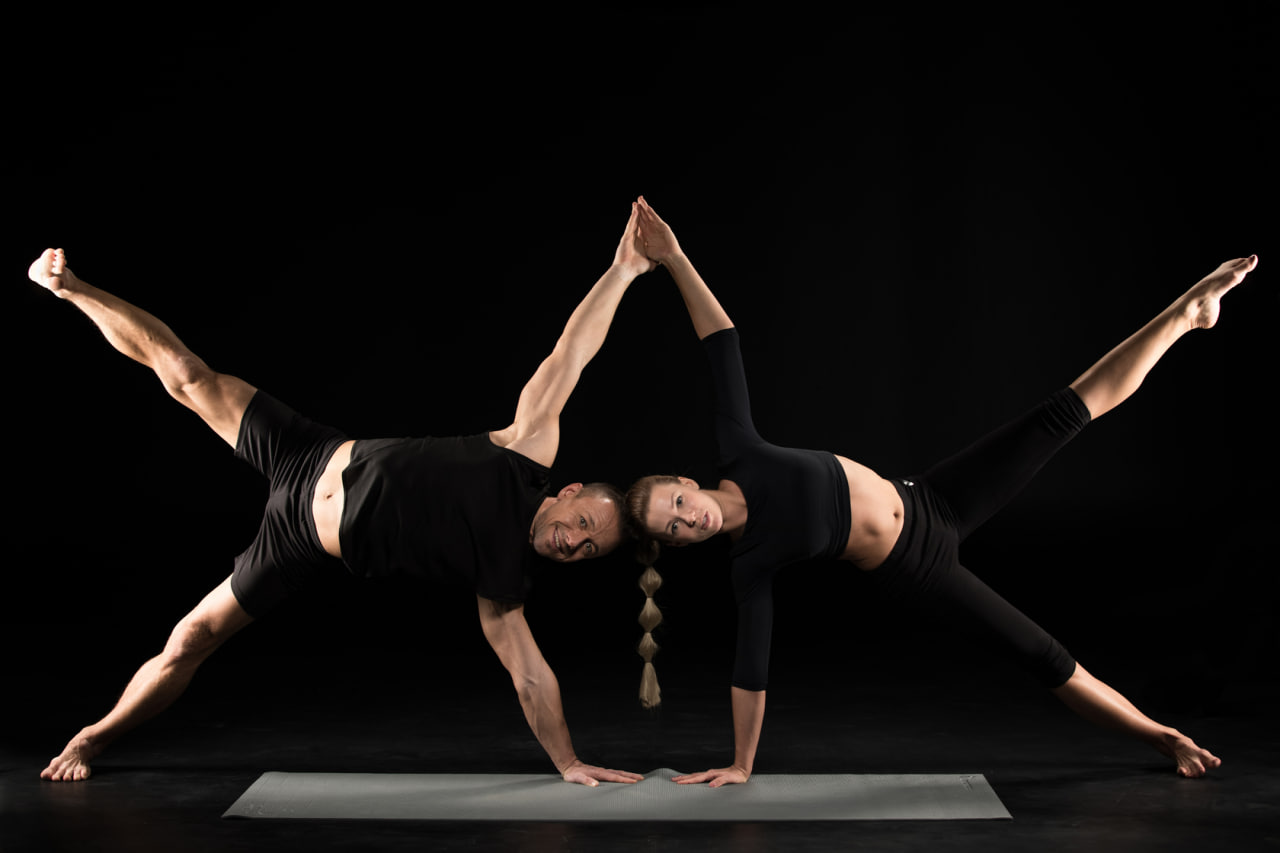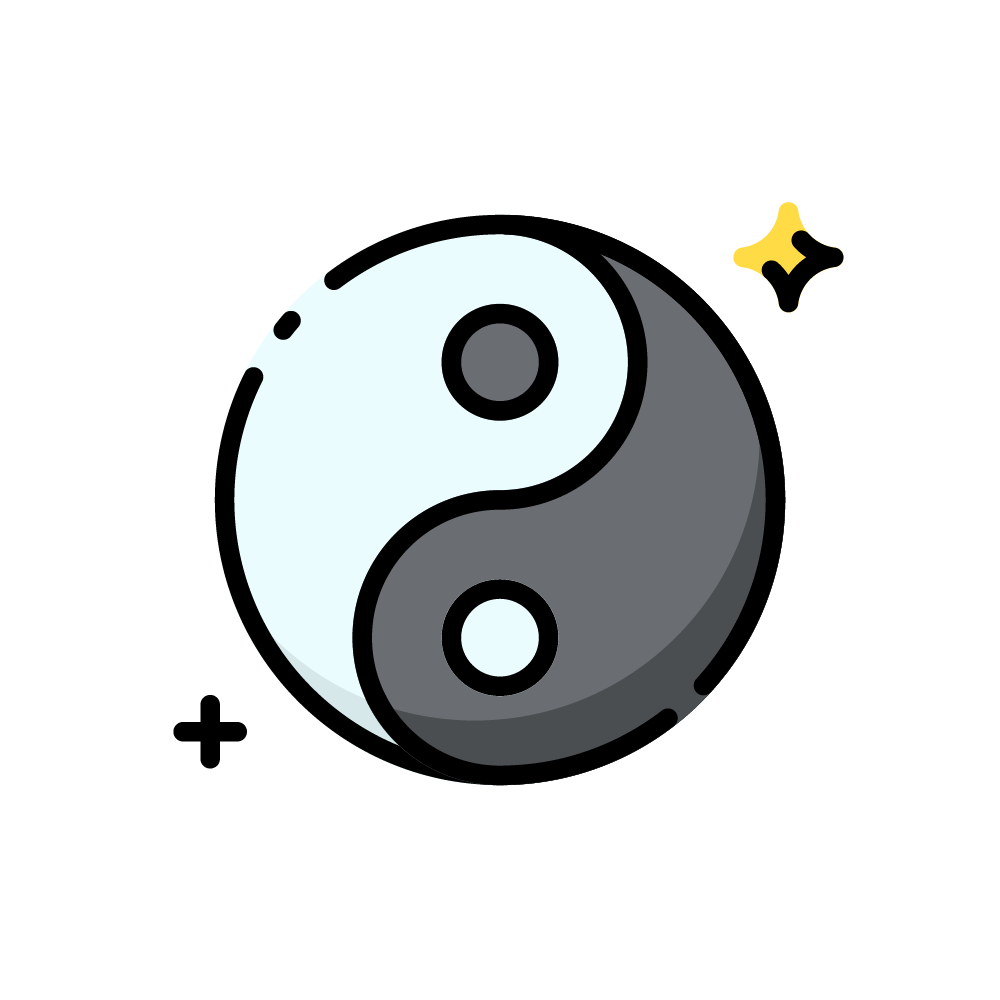Beginner-Friendly Yoga Poses and Flows

The Importance of Starting with Beginner Poses
For those new to yoga, starting with beginner-friendly poses is essential to build strength, flexibility, and confidence. Beginner poses focus on proper alignment, safe movement, and foundational techniques that prepare the body for more advanced practices. Learning these basic poses helps prevent injury, establishes good habits, and creates a positive, encouraging experience for new practitioners.
Simple yoga sequences allow beginners to connect with their breath, improve balance, and develop mindfulness. These foundational poses serve as the building blocks for more complex flows, ensuring that progress is gradual, sustainable, and effective.
Key Beginner Poses
Several poses form the core of beginner-friendly yoga routines. Child’s Pose, or Balasana, is a gentle resting pose that stretches the back, hips, and thighs while promoting relaxation and grounding. Mountain Pose, or Tadasana, teaches proper alignment, engages core muscles, and encourages awareness of posture and balance.
Downward-Facing Dog stretches the shoulders, hamstrings, and calves, while also strengthening the arms and core. Cat-Cow Pose improves spinal flexibility and coordination with breath, releasing tension in the back and neck. Warrior I and II enhance strength, stability, and focus while introducing basic standing postures.
Creating Simple Flows
Beginner-friendly flows combine a series of basic poses in a smooth sequence, coordinated with breath. A gentle flow may start in Mountain Pose, transition into Forward Fold, then move through Plank, Downward-Facing Dog, and Child’s Pose. Repeating this sequence helps beginners understand how to transition between poses safely and mindfully.
Short flows focusing on balance, strength, or flexibility can be adapted to suit individual needs. The key is to move slowly, maintain awareness of alignment, and synchronize movement with inhalation and exhalation to create a mindful, fluid practice.
Breathwork for Beginners
Breath awareness is integral to all yoga practices, particularly for beginners. Coordinating breath with movement ensures smooth transitions, reduces tension, and enhances focus. Techniques like deep diaphragmatic breathing or Ujjayi breath help regulate energy and calm the nervous system.
Teaching beginners to link breath to movement reinforces mindfulness, improves lung capacity, and encourages a meditative quality in practice. Consistent focus on breath supports relaxation, concentration, and the overall effectiveness of beginner flows.
Modifications and Props for Accessibility
Using modifications and props helps beginners perform poses safely and comfortably. Yoga blocks, straps, and bolsters can provide support for extended stretches, balance, and proper alignment. For example, placing a block under the hand in Triangle Pose ensures stability, while a strap around the feet in Seated Forward Fold deepens the stretch without strain.
Encouraging beginners to listen to their bodies and adjust poses as needed prevents discomfort and promotes confidence. Props and modifications allow everyone to participate fully regardless of flexibility, strength, or experience level.
Establishing a Routine
Consistency is key for building strength and familiarity with yoga. Practicing beginner-friendly poses and flows several times a week helps reinforce alignment, improve flexibility, and develop confidence. Short daily sessions, even 10–15 minutes, provide measurable benefits over time.
Tracking progress, observing changes in posture, and reflecting on mental and physical responses motivate continued practice. Establishing a routine allows beginners to gradually expand their repertoire of poses and flows while maintaining safe and effective practice habits.
Mindfulness and Body Awareness
Beginner-friendly yoga emphasizes the connection between mind and body. Encouraging awareness of posture, breath, and sensations enhances mindfulness and promotes relaxation. Paying attention to small adjustments in alignment and balance helps develop coordination, prevents injury, and strengthens core muscles.
This focus on mindfulness fosters a deeper connection with the body, improving posture, reducing tension, and cultivating a sense of calm and presence. Beginners learn not only the mechanics of poses but also the mental and emotional benefits of consistent yoga practice.
Progressing to More Advanced Practices
Mastering beginner poses and flows prepares practitioners for more advanced techniques. Once foundational strength, flexibility, and mindfulness are established, practitioners can explore longer flows, complex balancing poses, and deeper stretches.
